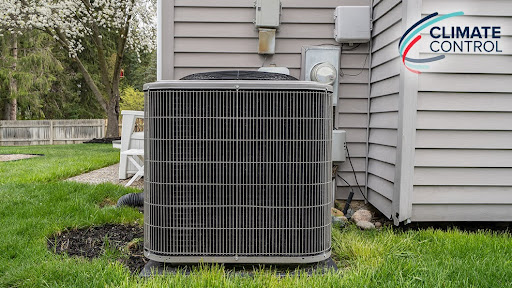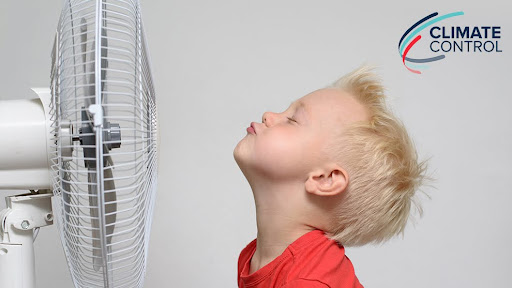An air conditioner is a complicated appliance, and when you’re upgrading your A/C, knowing the important terms will help you make an informed decision. Learn these seven important terms to help simplify selecting a new air conditioner:
- SEER and EER. SEER refers to seasonal energy efficiency ratio. It indicates how efficiently the air conditioner uses electricity to cool your home over the cooling season. The current federal minimum for SEER in a new central air conditioner is 13, and Energy Star certification starts at 14. The higher the number, the better, and with technology advancements, the numbers are expected to continue rising past the mid-20s. EER, or energy efficiency rating, meanwhile, shows how well an A/C cools your home during the hottest days.
- Cooling load. HVAC technicians use Manual J to determine the cooling load of your home. It factors in important components of your home, such as insulation levels, window locations and types, air sealing, and the size of your home. Verify that the HVAC contractor uses Manual J when sizing a new A/C system, since a new air conditioner that’s too small or too large can’t do the job you’re asking it to do.
- Tons. This describes the size of your air conditioner. Each ton has 12,000 BTUs (British thermal units) of cooling power. The higher your home’s cooling load, the more tons your air conditioner needs to cool it effectively.
- Air handler. The air handler contains the blower motor and the evaporator coil. The handler circulates the forced air through the ducts to cool your home.
- Air filter. While relatively modest and inexpensive, the filter is one of the most important parts of an air conditioning system. The filter removes dust and impurities from the circulating air, contributing to higher efficiency and cleaner indoor air.
- Condenser and compressor. These sit outdoors and throw off the heat from the refrigerant. The condenser contains a fan that blows the heat away and the compressor circulates the refrigerant.
- Coils. The refrigerant goes through the coils inside the evaporator and condenser. The evaporator coils collect the heat in your home and send it through the refrigerant, and the condenser cools it.
Climate Control Company has provided HVAC services in Western Colorado for more than 50 years. Contact us when you’re upgrading your A/C and want to learn more about your cooling options.
Our goal is to help educate our customers about energy and home comfort issues (specific to HVAC systems). For more information about upgrading your A/C and other HVAC topics, please visit our website.
Climate Control Company services Aspen, Vail and the surrounding Western slope communities in Colorado.






